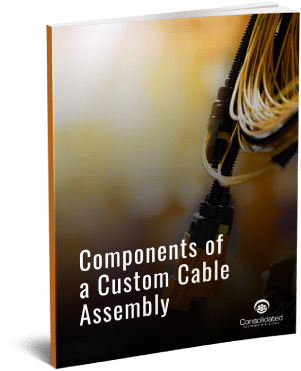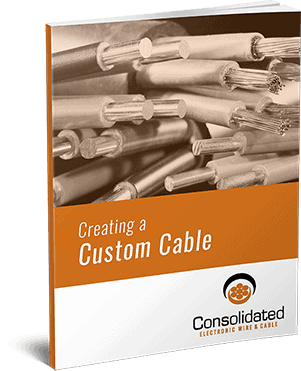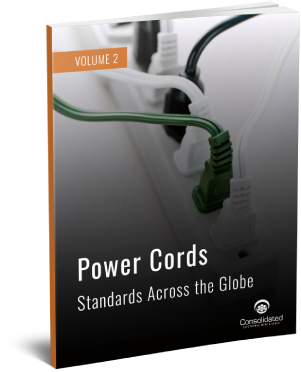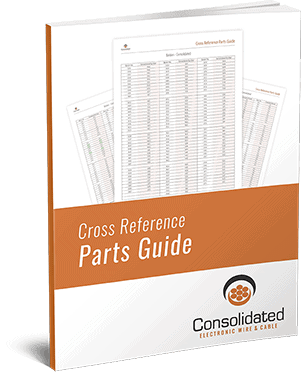Serving the Telecommunications Industry
The use of twisted-pair and multi-pair cables date back to Alexander Graham Bell’s 1876 patent on the telephone. In the nearly 145 years since, the telecommunications industry has used this type of cable in underground systems, buildings and, more recently, in high-tech networking to handle transmissions of voice and data. Cable design in the many years since the invention of the telephone has evolved to reduce or eliminate crosstalk and electromagnetic interference.
Beyond interference, the cable and wire industry has faced additional challenges in designing effective systems for telecommunications.
Some of these challenges include:
- Data must be able to move in both directions, in real time, without being interrupted or corrupted.
- Telecommunications cables must be properly shielded to prevent disruptive noise or damage from surrounding power cables or electrical equipment.
- Network cables are run throughout the infrastructure of buildings, complexes, and communities. If fire breaks out, the cable could serve as a conduit for flames to spread. To combat this issue, cables must incorporate inflammable materials that don’t reduce their effectiveness in carrying voice and data information.
- Telecommunications wires and cables must be easy to identify, as they often exist in an environment with multiple other types of wires.
How Consolidated Electronic Wire and Cable Products Help
Early telegraph and telephone lines carried too much interference to make his invention consistently reliable, so Alexander Graham Bell also created twisted-pair cabling in the 1880s. In twisted-pair cables, two wires twist together and carry equal and opposite signals to create one circuit, which reduces noise and interference from other competing signals.
Today’s multi-pair cables, such as those produced here at Consolidated Electronic Wire and Cable—host many twisted wires, or circuits, inside one jacket.
There are two styles: Shielded Twisted Pair (STP) and Unshielded Twisted Pair (UTP), both of which improve reliability for communication. Shielded cables use a protective, conductive outer jacket that essentially creates a Faraday cage, shutting out exterior electromagnetic signals and greatly improving the clarity of the signal carried by the interior twisted pairs.
Many types of jacket materials can be used to enhance effectiveness with STP cables, but they often present difficulties for installation and maintenance. Thick braided materials are tough to handle because of their increased weight and decreased flexibility. However, thinner materials like foils or tapes can tear more easily. Consolidated Electronic carries telecommunications cables that incorporate sophisticated jacket and insulation materials that are effective and easier to install.
For flexibility, effectiveness, and safety, Consolidated Electronic offers both plenum and non-plenum (riser) cable.
These types of cable differ primarily in their construction, with non-plenum cable designed to run between floors and through open parts of a building that will not host air circulation or parts of the HVAC system. Plenum cables are constructed with insulation and jacketing that is better suited for HVAC areas and can stand up to higher temperatures. With jackets made of PVC or FEP, these cables are held to strict standards for fire safety.
For further assistance to installers, Consolidated Electronic cables are manufactured according to industry standards that assign one of a 25-pair color code to individual twisted-pair conductors in every multi-pair cable. Jackets and insulation carry a specific color combination to make it easier to identify each wire, saving time during the installation process.
Contact Consolidated Electronic Wire & Cable
As a premier wire and cable manufacturer, Consolidated Electronic offers both single and multi-pair PVC-jacketed cabling suitable for a wide range of telecommunications and networking uses. Features of our cables include:
- Annealed stranded tinned copper wire that meets ASTM B-33 standards
- Operating temperature ranges of (CM) -20° C to +75° C and (UL) -40° C to +80° C
- Color-coded insulation
- Gray PVC outer jacket
For your custom wire and cable needs, Consolidated Electronic also makes single and multi-pair cables available in 16 to 28 gauge sizes and with both jacketed and unjacketed construction. Order spool sizes from 100 to 1000 feet or request a larger bulk reel to meet the requirements of your specific job.
Since 1919, Consolidated Electronic Wire and Cable has served as an industry leader in creating and providing custom cable solutions.
We offer cable solutions for multiple industries and applications. Our solutions include customized multi-pair cable arrangements for both large and small jobs. Contact us today to learn more about our custom cable solutions and how we can create exactly what you need for your project.

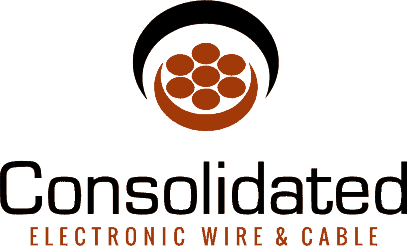


 () Quote Cart
() Quote Cart
